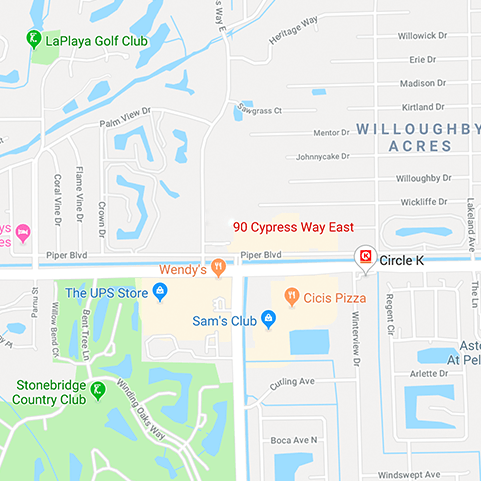
Traditional dental restoratives, or fillings, include gold, porcelain, and composite. The strength and durability of traditional dental materials make them useful for situations where restored teeth must withstand extreme forces that result from chewing, often in the back of the mouth.
Newer dental fillings include ceramic and plastic compounds that mimic the appearance of natural teeth. These compounds, often called composite resins, are usually used on the front teeth where a natural appearance is important, but they can also be used on the back teeth depending on the location and extent of the tooth decay.
What's right for me?
Several factors influence the performance, durability, longevity and expense of dental restorations, including:
- The components used in the filling material
- The amount of tooth structure remaining
- Where and how the filling is placed
- The chewing load that the tooth will have to bear
- The length and number of visits needed to prepare and adjust the restored tooth
Before your treatment begins, we will discuss with you all of your options and help you choose the best filling for your particular case. In preparation for this discussion it may be helpful to understand the two basic types of dental fillings — direct and indirect.
- Direct fillings are fillings placed into a prepared cavity in a single visit. They include glass ionomers, resin ionomers, and composite (resin) fillings. The dentist prepares the tooth, places the filling, and adjusts it in one appointment.
- Indirect fillings used to always require two or more visits, but now they can often be completed in just 2-3 hours by the doctor using CEREC technology. They include inlays, onlays, veneers, crowns, and bridges fabricated with gold, base metal alloys, ceramics, or composites. During the same-day procedure, the doctor prepares the tooth and makes a digital scan of the area to be restored. Our team works together to design your restoration on a computer, and mill it in our office using the appropriate modern ceramic material. After fabrication, the doctor cements or bonds the restoration into the prepared cavity and adjusts it as needed. If a same-day restoration is not indicated for your tooth, the doctor prepares the tooth and makes an impression of the area to be restored. We then place a temporary covering over the prepared tooth. The impression is sent to a dental laboratory, which creates the dental restoration. At the next appointment, your dentist cements the restoration into the prepared cavity and adjusts it as needed.

